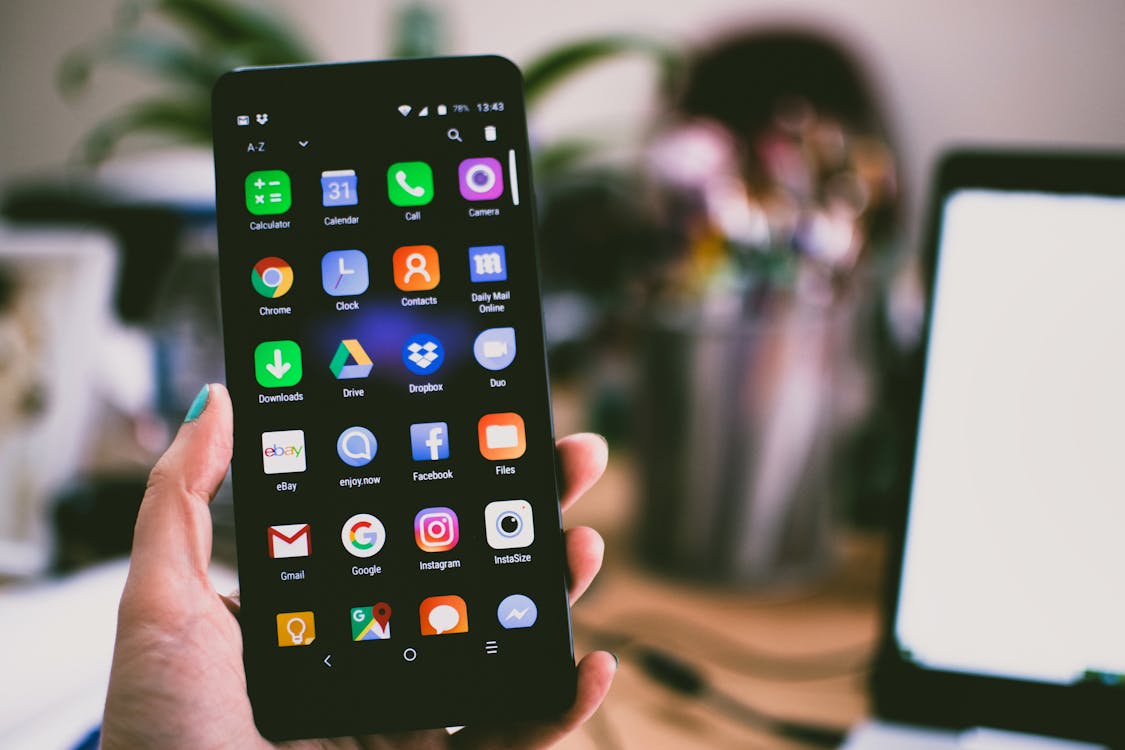Remember when every new smartphone release brought groundbreaking features that made your current device feel instantly obsolete? Those days might be over. In 2024, we're witnessing something unprecedented in the mobile industry: meaningful innovation has slowed to a crawl, and your two-year-old phone might be just as good as anything released this year.
From nearly identical designs to incremental camera improvements, smartphone manufacturers are struggling to find the "next big thing" that will convince consumers to upgrade. Let's explore why the smartphone revolution has hit a plateau and what this means for your next purchase decision.

The Design Drought: When Every Phone Looks the Same
Walk into any electronics store and try to distinguish between flagship phones without looking at the logos. It's nearly impossible. The industry has converged on a universal design language that prioritizes function over form, but at the cost of visual innovation.
- All-screen front designs with punch-hole cameras
- Glass and metal sandwich construction
- Minimal bezels and rounded corners
- Nearly identical camera module layouts
According to GSMArena's phone database, over 85% of smartphones released in 2023 used variations of the same basic design template established back in 2018.
The Camera Arms Race: Diminishing Returns
While manufacturers keep adding megapixels and additional lenses, the real-world improvements have become increasingly subtle. For most users, the camera quality plateaued around 2021.
Megapixel Madness vs. Actual Quality
The jump from 12MP to 200MP sounds impressive, but in practice, most smartphones use pixel-binning to combine multiple pixels into one, effectively giving you 12MP photos anyway. The difference in final image quality is often negligible to the average user.
Computational Photography Limits
Software enhancements like Night Mode and Portrait Mode have seen minimal improvements over the past two generations. The algorithms are already so refined that further enhancements provide barely noticeable benefits.

Performance Plateau: When Fast Enough is Actually Enough
The latest chipsets from Qualcomm, MediaTek, and Apple are undoubtedly powerful, but we've reached a point where most users won't notice the difference in daily use.
- Current mid-range processors handle everyday tasks flawlessly
- Gaming performance improvements mainly benefit hardcore mobile gamers
- App loading times differences are measured in milliseconds
- Most social media and productivity apps run smoothly on 3-year-old hardware
A Statista study shows the average smartphone replacement cycle has extended from 2.5 years in 2016 to 3.7 years in 2024, indicating consumers are recognizing this performance plateau.
The Battery Life Conundrum
Despite claims of improved efficiency, battery life hasn't seen dramatic improvements. Why? Because manufacturers keep adding power-hungry features that offset any efficiency gains.
- Higher refresh rate displays (120Hz+)
- Always-on displays
- 5G connectivity draining more power
- Brighter screens requiring more energy
What Actually Matters in 2024: The Real Upgrade Considerations
Instead of chasing specs that don't impact real-world usage, focus on these practical factors when considering an upgrade:
Software Support Lifespan
How many years of Android or iOS updates will the phone receive? Google and Samsung now offer 7 years of updates, making their devices better long-term investments.
Battery Health Replacement
Can you easily replace the battery when it degrades? Some manufacturers make battery replacement affordable and accessible, extending your phone's usable life.
Repairability and Parts Availability
Phones with good repairability scores from iFixit can last much longer and cost less to maintain.
Storage and RAM Adequacy
Ensure your phone has enough storage and RAM for your needs, as these are the specs most likely to feel limiting over time.

The Exceptions: When an Upgrade Still Makes Sense
While most people should hold onto their phones longer, there are still valid reasons to upgrade:
- Broken or Failing Device: When repair costs approach replacement costs
- Specific Feature Needs: If you need a particular capability your current phone lacks
- Ecosystem Integration: Moving deeper into Apple, Samsung, or Google ecosystems
- Battery Degradation: When battery life no longer meets your daily needs
Manufacturer Responses: How Companies Are Fighting Stagnation
Smartphone makers aren't oblivious to this trend. They're employing several strategies to maintain upgrade cycles:
- Foldable Phones: The most significant hardware innovation in recent years
- AI Features: On-device AI processing for enhanced photography and productivity
- Sustainability Focus: Emphasizing repairability and longer software support
- Ecosystem Lock-in: Creating features that work best within their product ecosystems
Conclusion: The Era of Smartphone Maturity
The smartphone stagnation isn't necessarily bad news for consumers. It means the technology has matured to the point where devices can reliably serve us for longer periods without feeling outdated. This is actually a sign of a healthy, mature industry.
Before rushing to buy the latest flagship, honestly assess whether your current phone still meets your needs. The money you save by extending your upgrade cycle could be better spent on accessories, repairs, or even putting toward your next upgrade when it's truly justified.
The most innovative smartphone feature in 2024 might not be a new camera sensor or processor—it's the wisdom to know when an upgrade is actually necessary. In an era of incremental improvements, patience has become the smartest smartphone strategy.
Your phone is a tool, not a status symbol. Use it until it no longer serves your needs effectively, and you'll not only save money but also reduce electronic waste. That's an upgrade worth making.
No comments:
Post a Comment